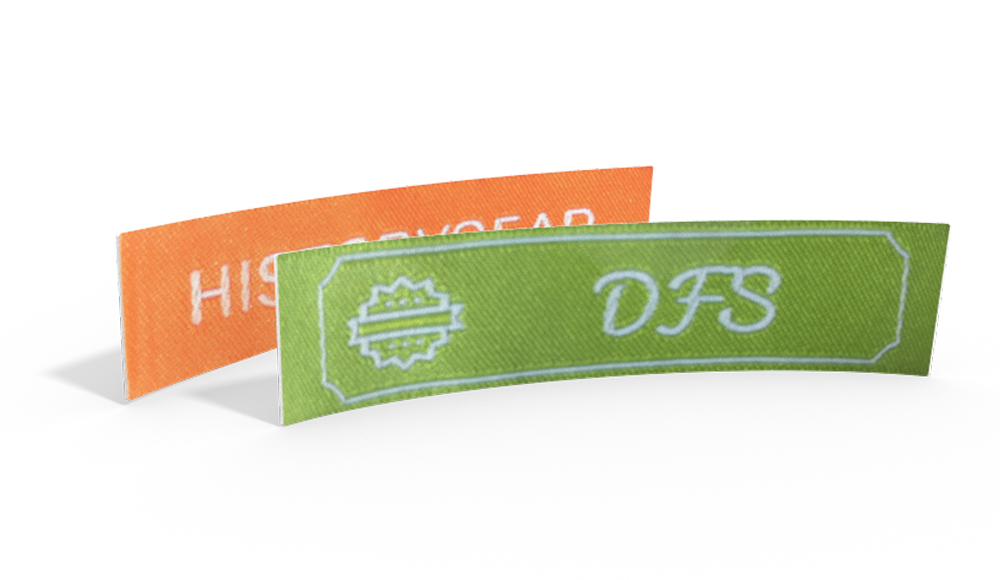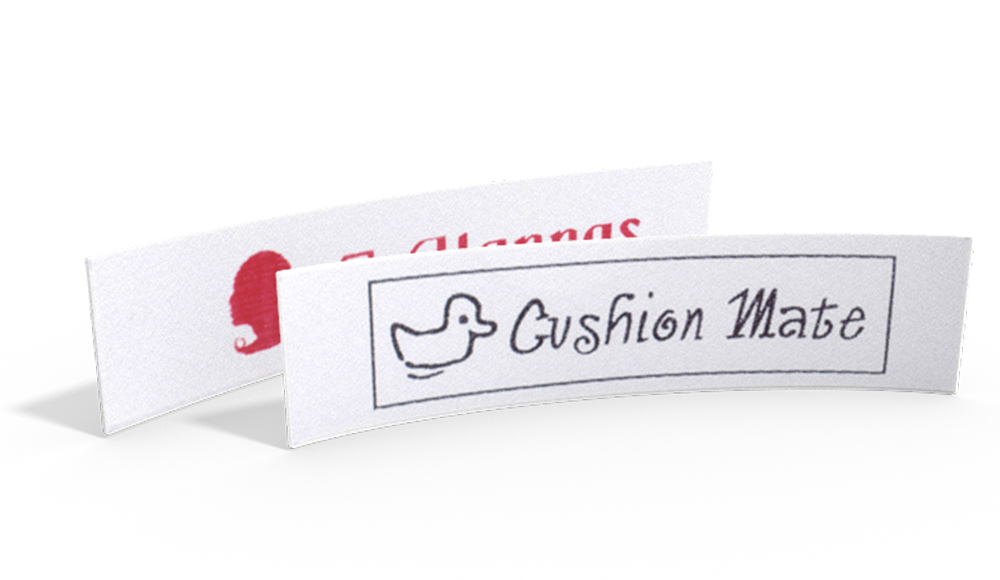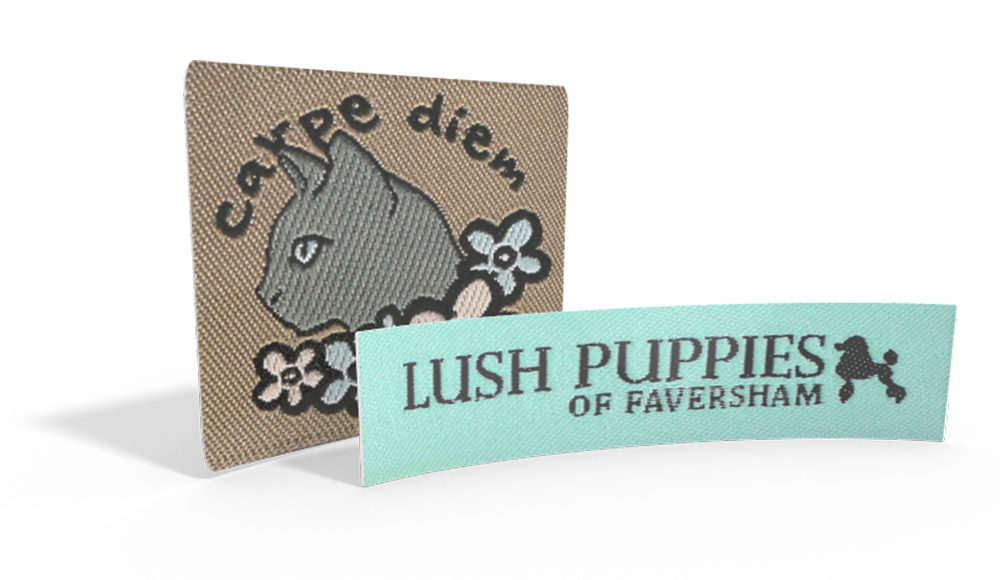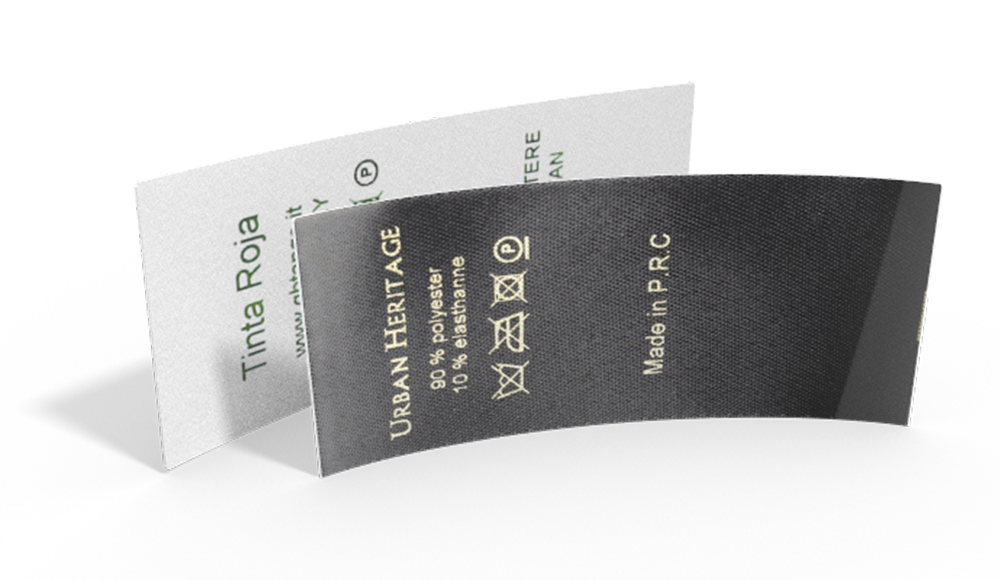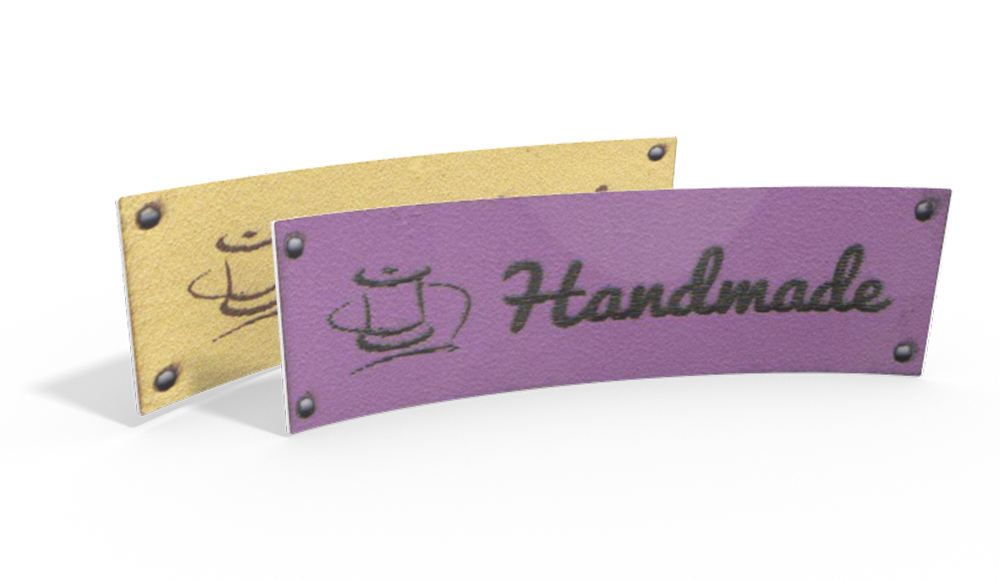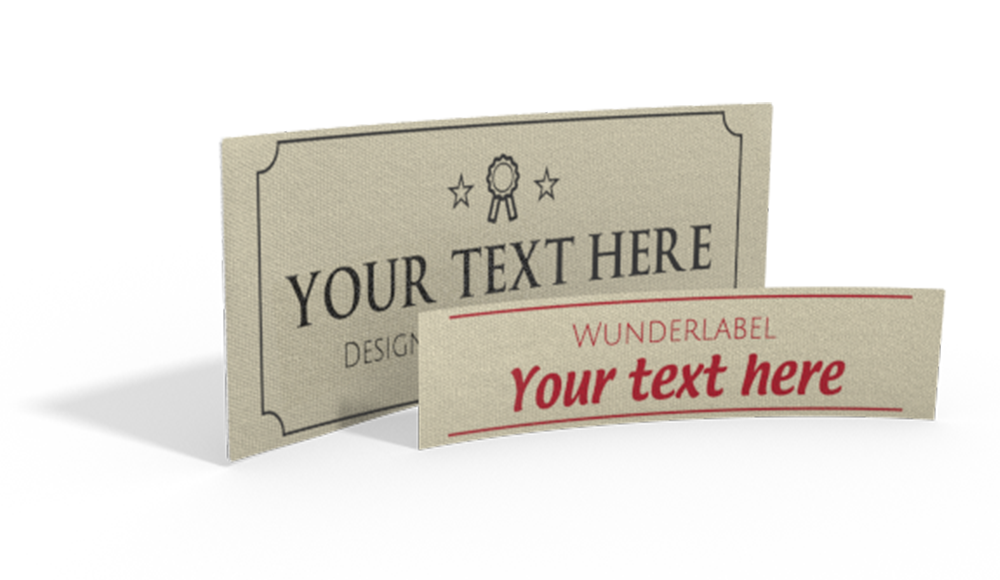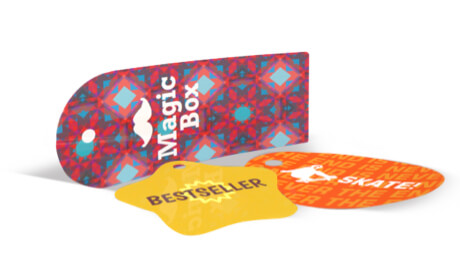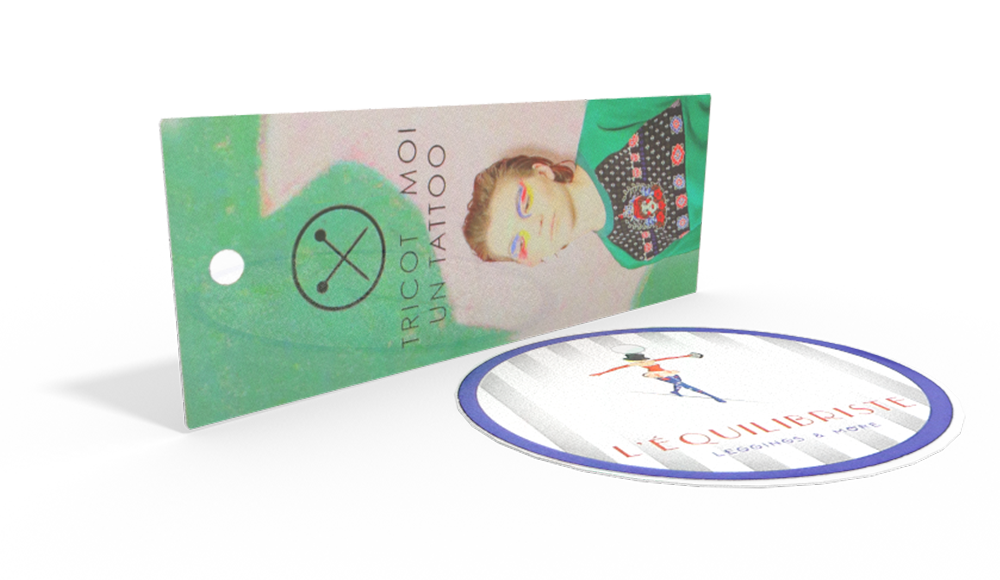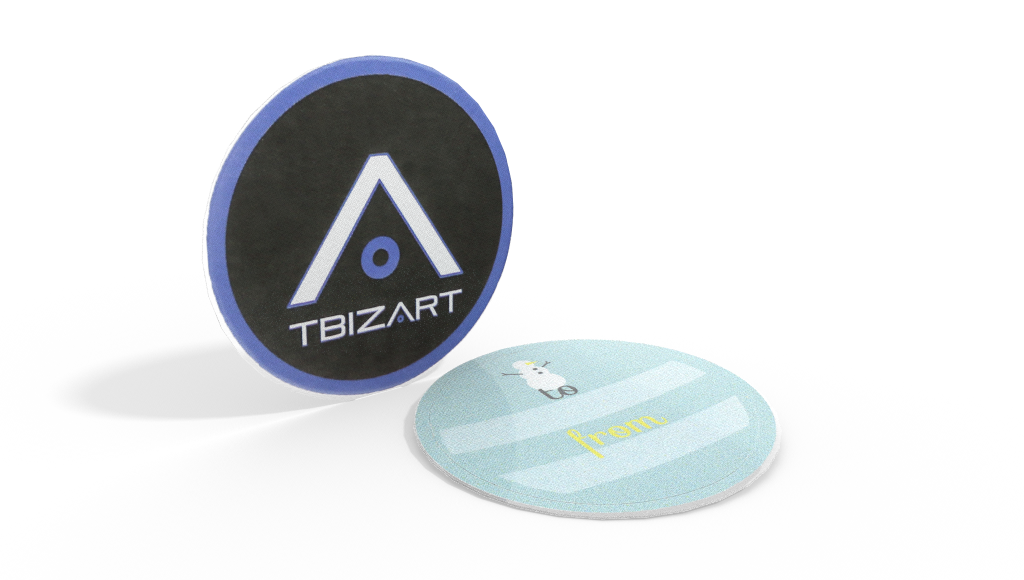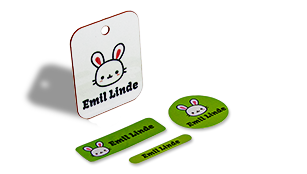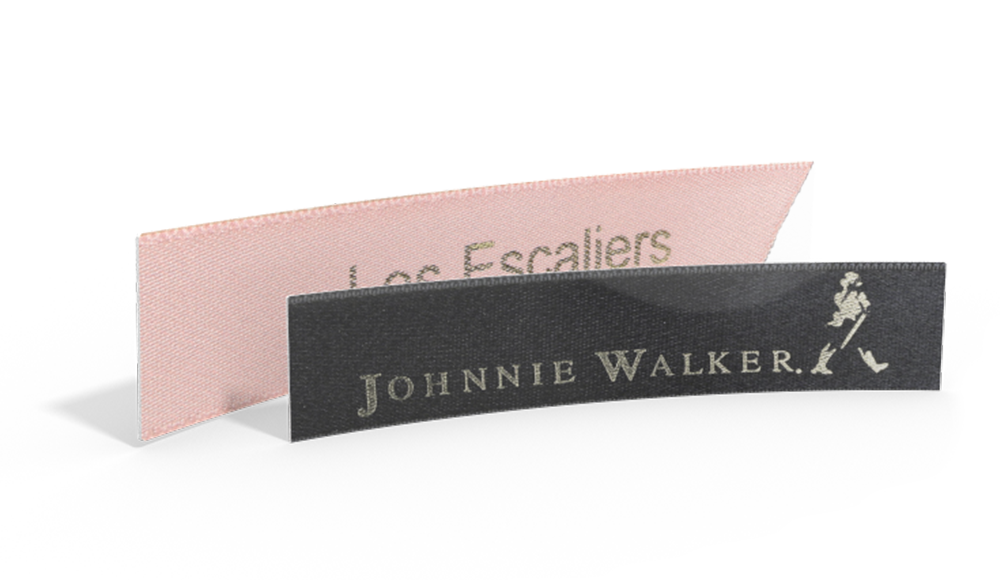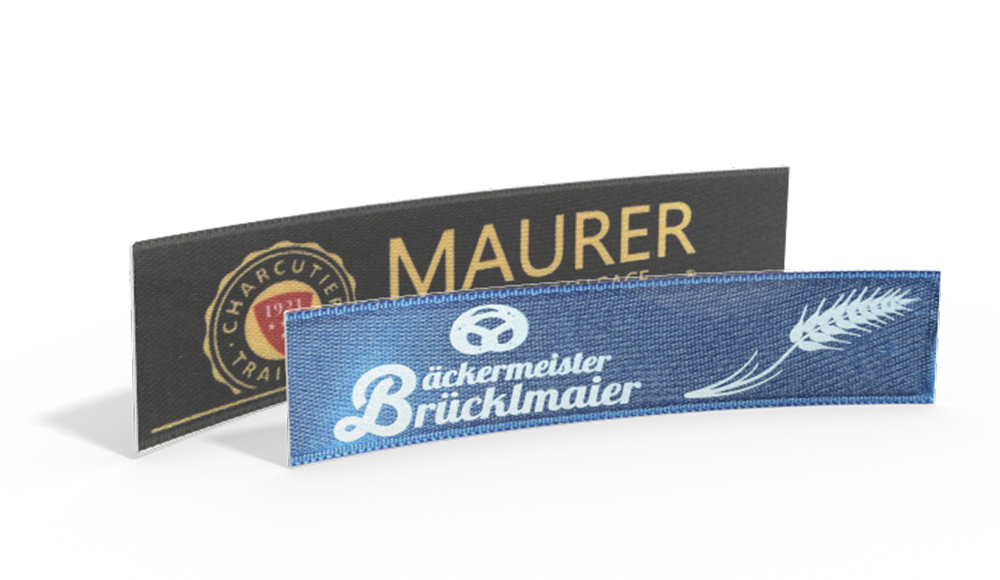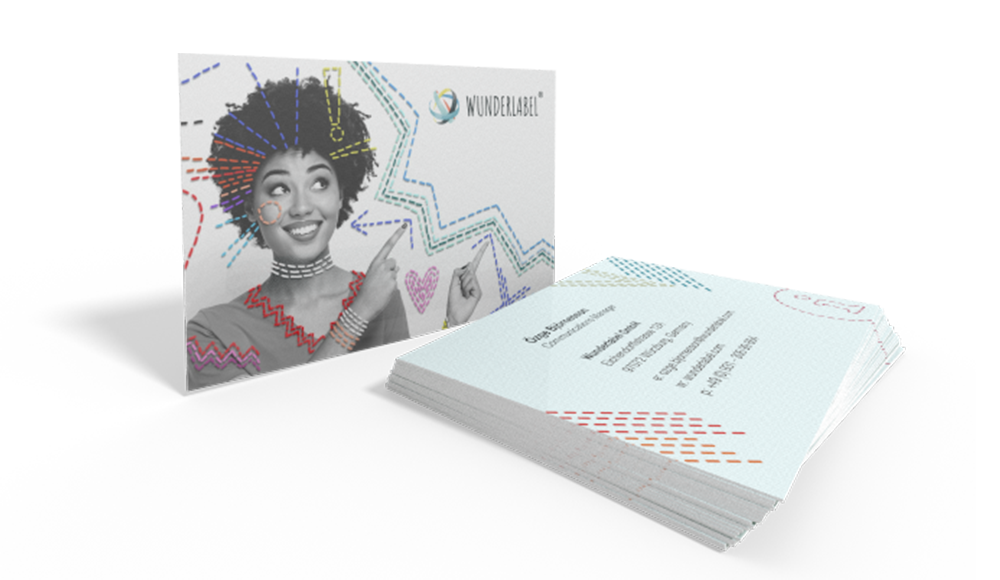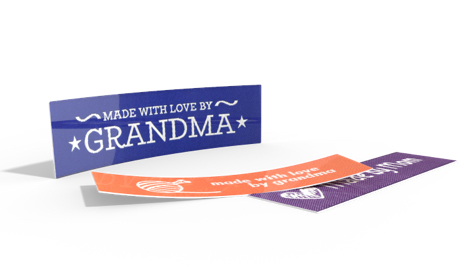When you are planning out a new sewing project, one of the first steps is to decide what type of fabric you want to use on the project and where to add your logo label. However, how do you make that choice? It isn’t as simple as just choosing your favorite fabric after all!
In this article, we are going to take a look at what goes into choosing a fabric and the choices you will have to make to find the perfect fit. This way, you can rest easy knowing that you have the right raw materials to turn into the garment you have in mind.
Check Your Pattern
For many of us, especially if you are a beginner, creating a project doesn’t mean you are creating from an image in your head. Instead, we tend to lean on patterns that we find online or in craft stores.
If you are using one of these patterns, you should first consult it to see if it recommends a certain type of fabric. For the most part, these patterns will suggest a few different fabrics or even one specific fabric. In these cases, your job is made a little easier as you can simply follow instructions on what cloth to get and how much of it you need.
For the most part, it is best to follow the fabric guidelines on your pattern to get the end result that your pattern promises. However, if you do replace the fabric, try to stay similar to the recommended fabric so that you know it will still flow and fit the same way. If your pattern calls for linen, for example, you won’t want to replace it with velvet because the fabrics are different in their weight and structure.
- Consider the Difficulty Level
If you are a beginner at sewing, you are going to want to ensure that you don’t get a fabric that you can’t work with. The truth is, there are some fabrics out there that even advanced sewers and professional seamstresses find difficult to work with. So, it’s important to know which fabrics you should probably avoid until you have a little more experience under your belt.
The first choice that you will want to avoid is any satin or silk fabric. These fabrics are tempting because they are absolutely gorgeous. However, because of their slick texture, these fabrics are surprisingly difficult to work with. It makes even basic sewing tasks such as sewing two pieces of fabric together difficult. As such, it’s probably a good idea to work up to silky fabrics, not start with them.
A more common fabric that you might be tempted to try right away is denim. However, the issues with denim come into play when you realize just how thick it is compared to other fabrics. Because of this, denim can be hard to cut and sew and working with denim is an easy way to jam your sewing machine or break your needles if you aren’t sure what you’re doing. In fact, denim needs specific needles and tools for working with denim, which can add extra expense to your project.
The final type of fabric that we will warn you against as a beginner is any type of knit fabric. These fabrics are made great and difficult by the same trait - they’re stretchy. Since they are so stretchy, it is extremely easy to make a wrong step and turn your project into a bunched or stretched out mess. Once again, these fabrics are fantastic to work with but you might want to wait until you have a handle on using easier to work with fabrics before you try any of these out.
If you are interested in an easy, beginner-level fabric, most people would recommend closely woven 100% cotton fabrics. These fabrics are great because it’s easy to cut, easy to sew, and generally easy to work with. It’s also versatile, so you are able to use it when you are making many different types of project from t-shirts to throw pillows.
It isn’t perfect, though. Cotton is prone to shrinking, for example, so you need to buy extra and pre-shrink it before you use it. However, this brings up another important note - always check into the conditions the fabric you want to work with comes with so you know that your project will turn out correctly.
- Consider the Strength of the Fabric
Another consideration that you will want to keep in mind is how strong a fabric is. This, of course, has varying weight depending on the project you are creating.
If you are making something that will see a lot of wear - like an everyday dress or t-shirt - you will want a fabric that you can wash often. It doesn’t do any good if you can’t wash them often enough to keep them clean. For these garments, a fabric like cotton or polyester is a good choice because they are durable fabrics that can hold up to a wash.
There are, though, fabrics that can’t hold up to regular washing or machine washing at all. If you are making an everyday garment, these won’t do because you would constantly be hand washing or dry cleaning these items, which is inconvenient to say the least. Fabrics like silk or taffeta can be harder to wash but they can be great additions to outfits that you won’t be wearing as often - such as an evening gown - and don’t need to be constantly washed, wearing the fabric down and taking up your time.
- Consider What You Are Making the Garment For
Another consideration is what you are making your garment for. After all, just like frequency of use, the use of the garment you are making can affect the type of fabric you want to use.
The best example of this is to consider the weather you are making a garment for. For example, if you wanted to make a winter sweater, you might consider using fabrics like flannel or wool because they are thicker and will hold warmth in. Alternatively, though, that sundress you are making is meant to be cool and lightweight so a light cotton or linen fabric might be a better fit. After all, you don’t want a mismatched fabric and use - no one is going to wear a wool spring dress.
This tip goes beyond just garments, though. There are also different fabrics for projects you might be working on around your house as well. If you wanted to make a quilt, for example, you would want a special quilting fabric, not just any old fabric you think looks good.
An even better example, though, is being sure to use upholstery and interior fabrics when needed. If you are working on a lampshade, for example, you aren’t going to use the same fabrics that you would use to make clothes. So, when you are working on a project, consider the use of the fabric and if it matches up to your project.
- Pattern Sizes
Another thing to consider is patterned fabrics. These can add an extra flair to your project that solid color fabrics don’t always offer. However, if you don’t match the patterns up correctly when you are sewing your project, it can end up looking mismatched and messy.
As such, it is best to start out with larger patterns on your fabrics. These are far easier to match up and give you a little more wiggle room because they aren’t as intricate. After you get used to working with larger patterns, then you can try out a fabric with a more intricate pattern.
If you aren’t quite comfortable with matching up patterns yet, that’s fine! There are plenty of solid color fabrics that you can use to make your project beautiful. Eventually, you can move onto patterned fabric as you are comfortable - there’s no rush to try patterned fabric right away.
- In Store vs. Online
In the modern day and age, you don’t have to go to your local craft store to get fabric - you can simply order your fabrics online!
However, you should be aware of some of the drawbacks that come with this convenience. Of course, most online shops have information about the fabric available and multiple pictures, you do miss out on the chance to feel the fabric and take a close look at its drape. This differs a lot from being in a physical shop because you there you can feel the fabric and look at how it hangs.
This advantage makes shopping in a physical store a better option for beginners who aren’t familiar with many different types of fabrics and how they feel and behave. Even more advanced seamstresses might hurt for missing out on the chance to feel and see the fabric in-person before they buy. With this in mind, it might be best to only use online stores for replenishing supplies of fabrics that you have already worked with, especially if you are a beginner.

